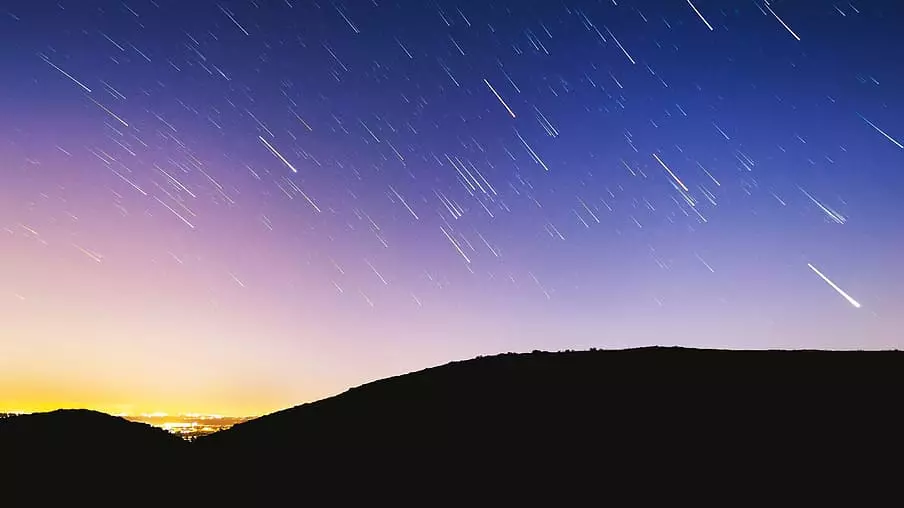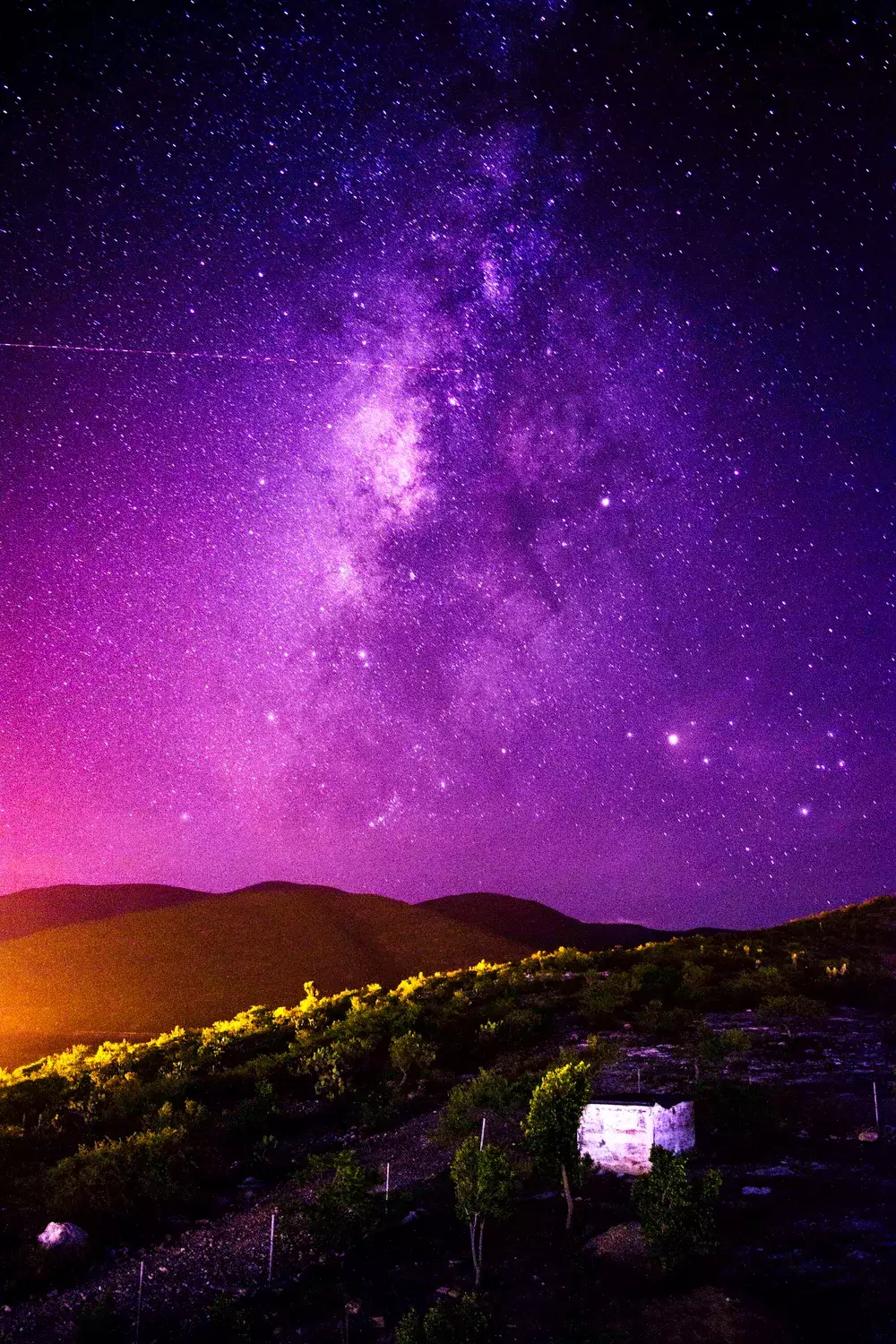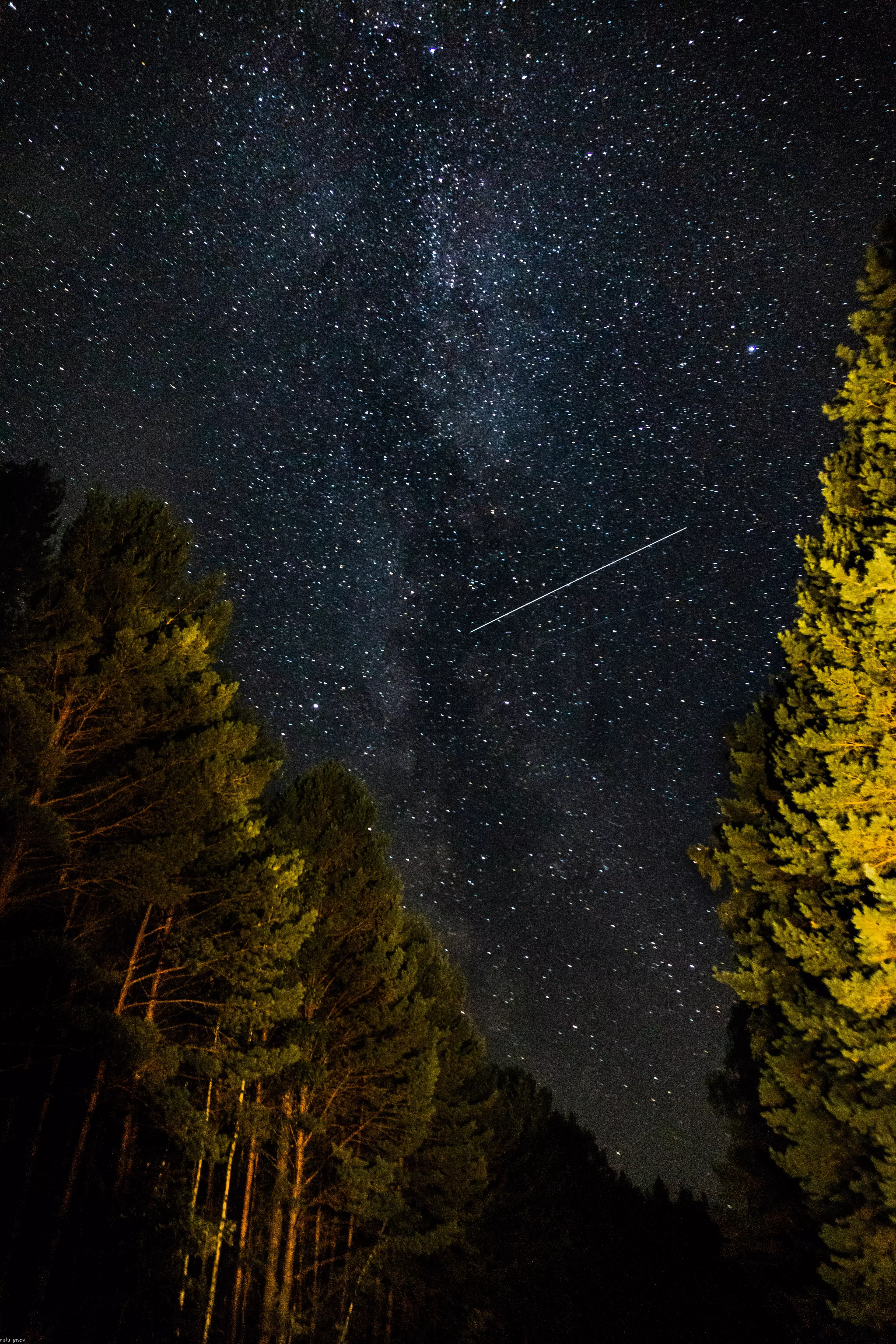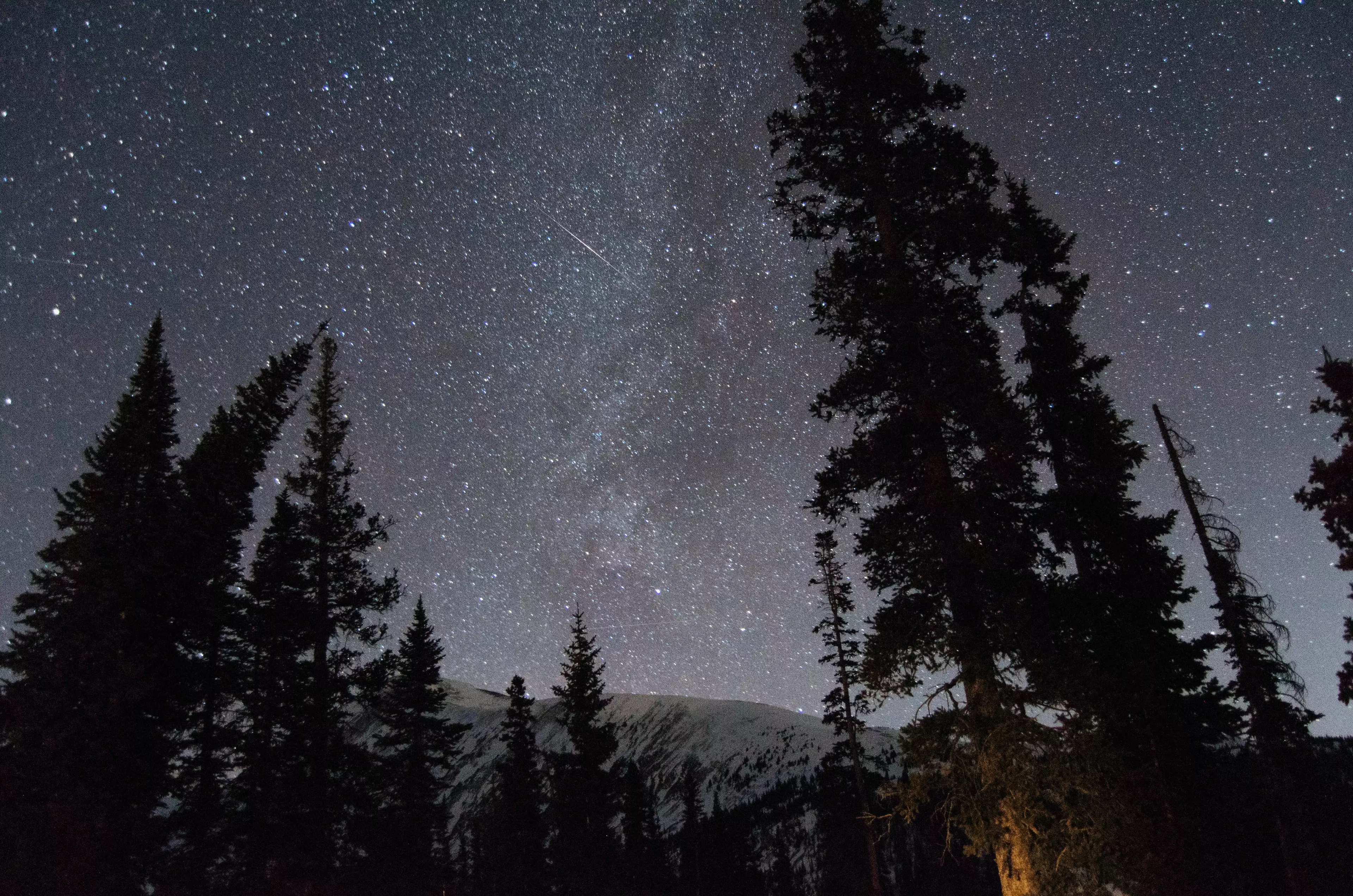
Eyes to the sky, stargazers.
Advert
Not one but two stunning meteor showers will be visible in UK skies this week - so don't miss your chance of witnessing the spectacle.
Both Southern Delta Aquariids and Perseids will set the night skies alight, counting among the most significant showers of 2020, with the chance to see many shooting stars per hour.
NASA explain: "A meteor shower occurs when the Earth passes through the trail of debris left by a comet or asteroid.
Advert
"Meteors are bits of rocks and ice ejected from comets as they move in their orbits about the sun."

Read on for the origins and optimum viewing times for both showers.
Advert
Southern Delta Aquariid meteor shower
The Delta Aquariids occur each year between mid-July and the last week of August and originate in the constellation Delta Aquarii.
Advert
The shower is linked to the Marsden and Kracht comets, along with the Comet 96P/Machholz.
This year's display should peak in the early morning hours of Wednesday 29th July, during which time around 20 meteors per hour should be visible.
Royal Observatory Greenwich advise that "the radiant of the shower lies above the southern horizon and will reach its highest point around 3:30am."
They advise: "Start your meteor watch from around 2am to increase your chances of spotting meteors.
Advert
"Check the weather forecast ahead of time - if the forecast isn't favourable, find a different location to observe from or view the meteor shower on another day."

If you want to spot the shower yourself, use The Royal Observatory's handy tips below:
- Make sure that you are in a dark sky area and have an unobstructed view towards the south.
- Lie down on a blanket or sit in a lawn chair to ensure that you have a wide view of the sky.
- Your naked eye is the best instrument to use to see meteors - don't use binoculars or a telescope as these have narrow fields of view.
- Allow your eyes to adapt to the dark and don't look at any lights, or at your phone, to maintain your dark adaptation.
Perseid meteor shower
Like The Delta Aquariids, The Perseids are active each year between mid-July and the end of August and are linked with the Comet Swift-Tuttle.
In terms of visibility and number of meteors, The Perseids are a more prominent shower than the Aquariids and have been known to produce an incredible 100 shooting stars an hour in optimum conditions.
For 2020, the shower should peak across the nights of 11th and 12th August.

The Royal Observatory advise that The Perseids are usually best viewed between midnight and 5.30am.
However, there is also a chance to seeing some meteors right after the sun goes down.
According to ROG: "[The shower] is always above the horizon as seen from the UK, which means that observers in the UK should be able to see some meteors as soon as the Sun sets.
"Therefore, it is worth looking up in the early evening.
"It is always favourable to try and spot meteors when the Moon is below the horizon or when it is in its crescent phase, because otherwise it will act as a natural light pollution and will prevent the fainter meteors from being visible."
Happy gazing, earthlings.
Featured Image Credit: Unsplash